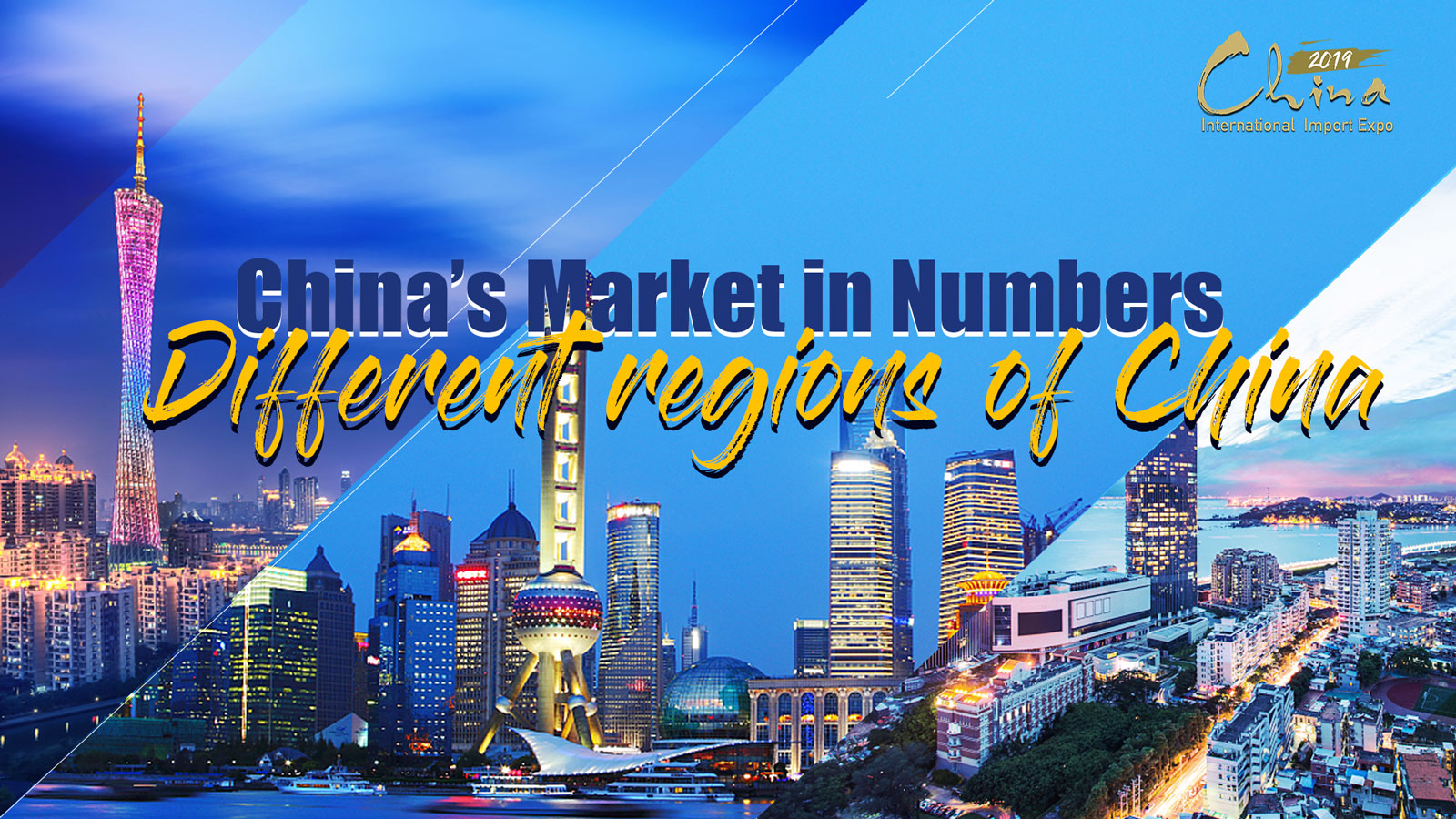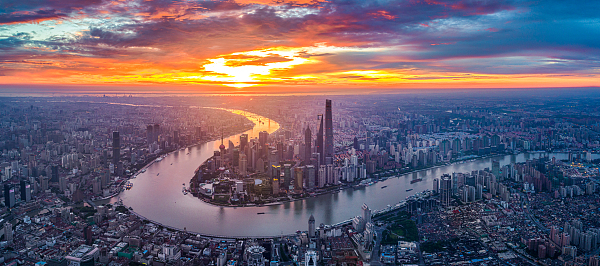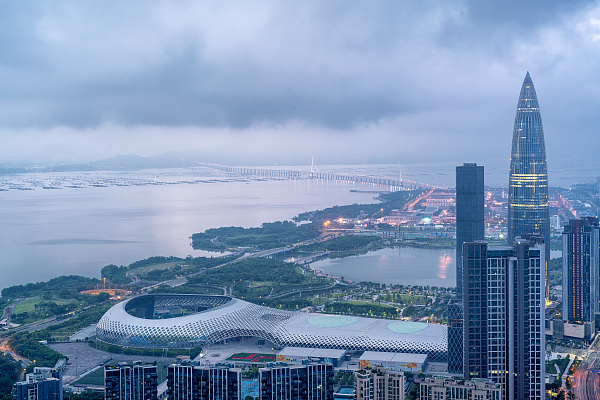04:21

China is a vast country, with huge variations in geography and people. As a result, regions and provinces have needed to open up in very different ways.
In general, eastern China is relatively more developed than western China, and central China is somewhere in between. Comparing China's north and south, the southern provinces, including the Yangtze River Delta and Pearl River Delta, are more developed, according to Bai Ming, professor from the Chinese Academy of International Trade and Economic Cooperation under the Ministry of Commerce.
"Therefore, import strategies should be suitable for different development conditions in terms of locality," he added.
One of the strongest economic areas has been the Yangtze River Delta, whose total economic output in 2018 was 2.5 trillion U.S. dollars, close to 20 percent of the national total.

The Yangtze River Delta has focused on electronics, automotive and modern finance, and hopes to become a science and technology hub, an important center for the modern service industry and a global advanced manufacturing center.
According to a report released by the Evergrande Research Institute before, the area ranked first in a top Chinese study in terms of development potential this year.
In the coastal corridor, the Guangdong-Hong Kong-Macao Greater Bay Area (GBA) has also attracted much attention.
By the end of 2018, the area had a combined population of about 70 million and a GDP of 1.54 trillion U.S. dollars.
Guangzhou, Hong Kong, Macao, and nearby Shenzhen, are central engines that radiate and drive the development of surrounding areas.
Hong Kong specializes in international finance, shipping and trade; Macao is trying to establish itself as a world tourism and leisure center; Guangzhou has dedicated itself to science, technology, education and culture. While Shenzhen has focused on innovation and technology, with companies like Huawei, Tencent and DJI Technology.

"Solving the current dilemma facing Hong Kong requires the urgent need of an economic growth engine," said Zhang Monan, principal investigator at the Institute of American and European Studies of China Center for International Economic Exchanges, stressing that the bay area has definitely provided such an institutional and strategic platform for Hong Kong.
Zhang further explained that the GBA concentrates the most high-end elements of China. Thus, through such a large and unified market, Hong Kong can give full play to its institutional advantages.
Yunnan in the southwest of China, and Xinjiang in the northwest, have become characteristic examples of economic corridors along the border, making the most of their geographic location to carry out daily bilateral trade with neighboring countries.
Xinjiang Uygur Autonomous Region in 2018 saw imports worth 23.7 billion yuan (about 3.4 billion U.S. dollars), up almost 20 percent from the year before.
The region is also a core area of the Silk Road Economic Belt, part of China's Belt and Road Initiative.

In 2018, Belt and Road trade between Xinjiang and 36 other countries totaled more than 41 billion U.S. dollars, accounting for over 98 percent of imports and exports to the region, with imports to Xinjiang alone increasing almost 32 percent from 2017.
"Now there are 18 free trade zones in China's inland areas, promoting the opening-up in a more all-around way, at more levels and in a wider variety of fields," said Zhang, citing examples like the reform on the Lingang area of the Shanghai Pilot Free Trade Zone and the introduction of the Hainan Free Trade Port.
Provinces like Zhejiang, Heilongjiang and Shandong have also launched a series of free trade zone strategies, she mentioned.
Regional differences in such a large country can be a challenge. But whether it is technology, tourism or cross-border trade, China's regions and provinces have played to their strengths to achieve fast growth.
Author: Wang Tianyu, Zhang Huimin
Copy editor: Sim Sim Wissgott
Cover photo designer: Sa Ren
Chief editor: Wang Dewei
Executive producer: Zhang Xiaohe
Supervisor: Mei Yan